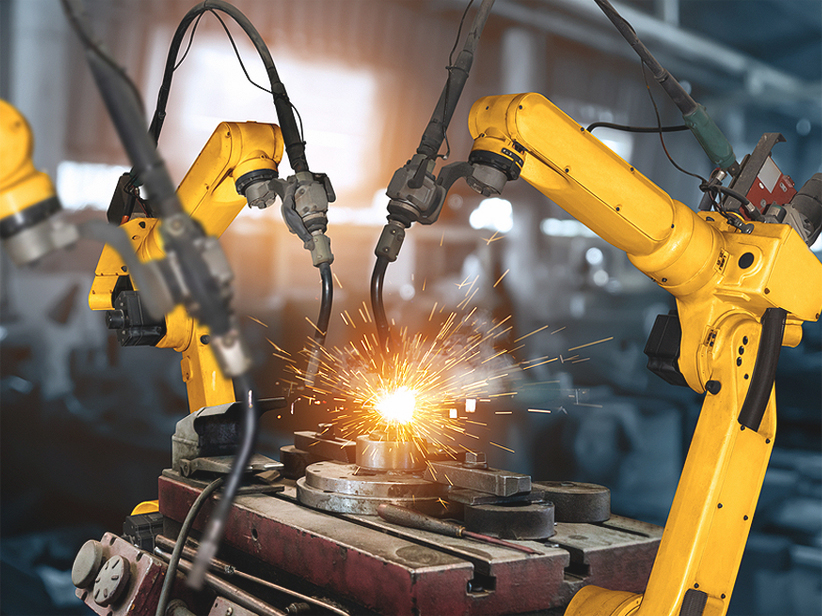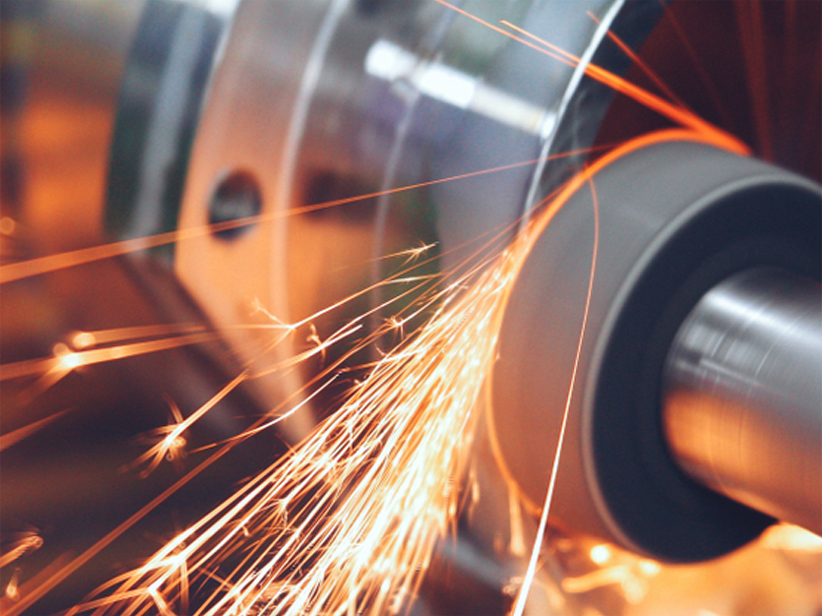MIG vs TIG welding (What is the difference between them?)
When it comes to welding, the terms for two prevalent techniques, MIG and TIG, might be confusing because they sound so similar.
Although there are a few similarities, like the use of a shielding gas and an arc, these famous welding techniques have their differences too.
The primary difference is the electrode used to generate the arc. MIG welding employs a consumable, machine-fed, solid wire; on the other hand, TIG welding employs a non-consumable electrode. So let’s dig into this article to learn about MIG vs TIG welding.
Of course, for any arc welding, it is important to choose the best method to get the best results. So let us learn about the major differences between both techniques.
Difference in speed
By looking at the speed, you can see that the guns for MIG welding are made to be used for a longer time. For several industrial applications, the MIG technique is highly preferred. For example, they are widely used in the steel pipe industry. However, TIG welding is mostly used to pay attention to small details.
The difference in cost requirements
Second, in any production, time is equivalent to money. Because the MIG technique is faster, it can save on several costs. Additionally, you can get materials like barbed wire and stay wire for MIG welding. Although, they are also used in the RIG technique.
TIG-welded joints have more strength than those achieved by MIG welding. This is because the metal might be welded more comprehensively thanks to the TIG’s focused, narrow arc. However, when used appropriately, TIG weld beads have a few holes and other flaws that could impair the weld.
For connecting thicker stock, MIG works better
MIG only requires one hand, making it simpler to use in challenging situations
Compared to TIG welding, which is a slower process, MIG welding is better suited to high production levels
Since MIG is easier to learn than TIG, welders with less experience should use it
The accuracy and precision of TIG welding mean that it is best suited for joining thin materials that might be vulnerable to warping or burning.
TIG is challenging when out of position, so the best outcome is obtained in bench or shop work.
TIG welding is used when the look of the final weld is essential.
All of TIG’s welding benefits depend on how skilled the welder is.
The above points give us clear details about MIG vs TIG welding. Both can be highly beneficial for an effective welding procedure in their own ways.
Venuswire India produces high-quality wires for a more reliable welding process. Our wires have accurate diameters, which make it easier for the welder to carry out the welding process. We are committed to providing standard-quality wires for both MIG and TIG welding techniques. We have more than 50 years of vast experience, which puts us ahead of all our competitors.







